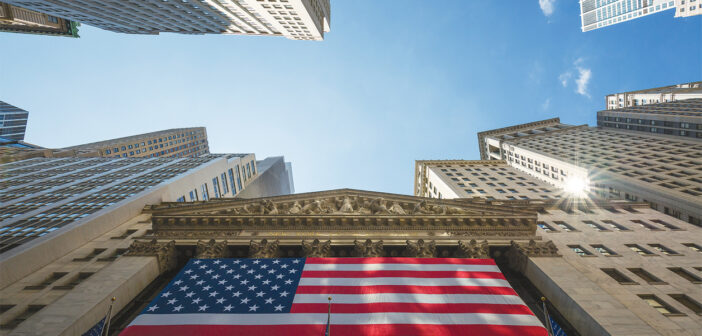One of the myths found in economics textbooks and perpetuated by some economists is that the Federal Reserve (Fed) is politically independent, which prevents excessive inflation. One of the arguments supporting Fed independence is that members of the Board of Governors, the Fed’s decision-making body, serve 14-year terms. Thus, a President will be well into a second term before appointing a majority of them.
The problem is that no governors serve a full term! A history of the Board of Governors is available on the Fed’s website; nearly all governors serve just a few years before resigning. In his first term, President Biden has already appointed three of the seven members of the Board of Governors, or nearly a majority. It is naïve to think that a President would appoint a governor whose views are not consistent with the Administration’s priorities, just as it would be naïve to think a President would appoint a Supreme Court Justice whose politics are not in line with the President’s.
The Fed only fights inflation when political winds blow that way.
The Chair of the Board of Governors has a four-year term with no term limits. The chair is, by far, the most powerful position in the Federal Reserve system (as illustrated by Alan Greenspan’s tenure). The Chair is obviously going to want to be reappointed and doing so means keeping the current President happy.
History shows this is how Fed Chairs operate. Presidents Biden and Trump wanted to spend trillions in COVID-relief and Fed Chair Jerome Powell doubled the money supply, keeping interest rates near 0%, making this spending cheap. Alan Greenspan cut interest rates to a 50-year low in response to the 2001 recession and held them there until late-2004, after he was reappointed by President Bush in May 2004 to a fifth term. Arthur Burns, the Fed Chair in the early 1970s, was famously caught on President Nixon’s Oval Office recordings agreeing to increase the money supply to stimulate the economy before the 1972 election. President Johnson threw William McChesney Martin, Fed Chair from 1951-1970, against a wall after Martin increased the interest rate by a quarter point in 1965, telling him “you’ve got me in a position where you can run a rapier into me” and “it’s a despicable thing to do.” Martin backed off and at his farewell party at the White House in 1970, lamented he did not do more to prevent the spiraling inflation, stating “[w]e are in very deep trouble.”
The Fed only fights inflation when political winds blow that way. In the 1980 Presidential election, inflation was cited as the most pressing issue by voters. Thus, Paul Volker was appointed by President Carter and reappointed by President Reagan to fight inflation at the expense of a severe recession. The Gallup Organization currently finds that inflation is now the top problem faced by voters. Thus, the Fed is risking another recession by similarly fighting inflation.
History shows that the Fed is just another political actor, leading to monetary and price instability.














